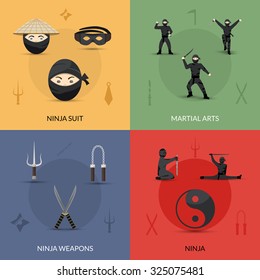The Worldwide History And Change Of Martial Arts
The Worldwide History And Change Of Martial Arts
Blog Article
Composed By-Sutton TRUE
Martial arts have a fascinating background that extends centuries and continents. guila kajukenbo could find it fascinating how ancient techniques like Shuai Jiao and Kalaripayattu laid the groundwork for contemporary battle strategies. These self-controls not only highlight physical abilities but additionally mirror the societies that birthed them. As you discover their evolution, consider exactly how globalization has transformed these traditional forms into crossbreed styles. What impacts do you assume have shaped today's martial arts landscape?
Ancient Martial arts: The Foundations of Fight
As you look into the globe of ancient martial arts, you'll find the abundant foundations that formed fight strategies across societies. Early methods focused on Self-Defense and survival, commonly integrating strikes, hurting, and weaponry.
In ancient China, as an example, methods like Shuai Jiao highlighted tosses and joint locks, while India's Kalaripayattu showcased agility and fluid activity. Japanese samurai developed Kenjutsu, a refined swordsmanship that highlighted self-control and technique.
These martial arts offered not just for battle but additionally as a way of personal advancement, instilling worths like respect and willpower. The mixing of these methods with time prepared for the diverse martial arts you see today, each showing the distinct viewpoints and requirements of its culture.
The Social Impact on Martial Arts Development
While martial arts frequently show the practical requirements of a society, they likewise symbolize the cultural worths and ideas of their origins. When you check out different martial arts, you'll discover just how they're affected by religion, viewpoint, and social standards.
For example, the emphasis on regard and discipline in Japanese martial arts comes from Zen Buddhism and samurai culture. On the other hand, Brazilian Jiu-Jitsu advertises versatility and technique, shaped by the need for performance in a varied, modern atmosphere.
You might find that the routines, uniforms, and training approaches mirror a neighborhood's background and identification. By comprehending these social influences, you grow your appreciation of martial arts and their role fit human experiences around the world.
Modern Adaptations and the Globalization of Martial arts
Martial arts have transformed significantly in recent years, adapting to contemporary culture and global influences. You'll discover that conventional forms have mixed with contemporary methods, creating hybrid styles like MMA. These adaptations deal with diverse audiences, making martial arts available and appealing globally.
With the increase of social networks and digital systems, you can discover tutorials and competitions from all corners of the globe, breaking geographical barriers. This globalization has actually led to a shared admiration for different self-controls, from Brazilian Jiu-Jitsu to Taekwondo.
As visit this website involve with these arts, you'll recognize they're not just about fight; they advertise physical fitness, technique, and psychological well-being.
Ultimately, modern-day adjustments have actually enhanced the martial arts landscape, making it a dynamic and progressing method.
Conclusion
In exploring the history and evolution of martial arts, you reveal an interesting blend of techniques, societies, and ideologies. From old self-controls like Shuai Jiao and Kalaripayattu to the contemporary flexibility seen in MMA, martial arts show mankind's mission for Self-Defense and personal growth. As you engage with these practices, you not only acquire abilities but additionally a deeper recognition for the varied practices that shape our world today. So, continue your trip and accept the art of fight!
